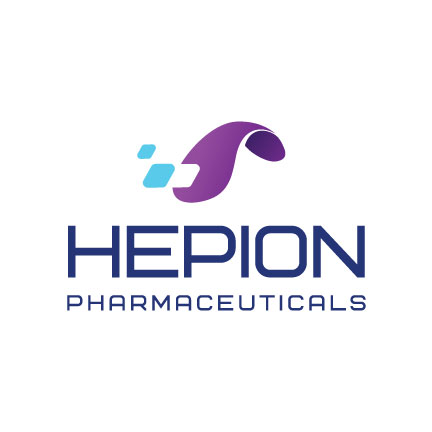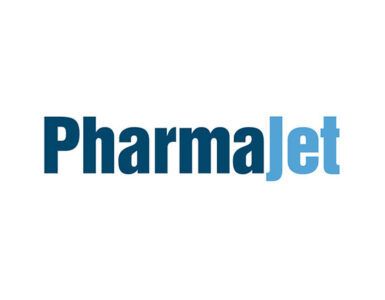
Hepion Pharmaceuticals (NASDAQ:HEPA) reported positive results from an in vivo study of CRV431 in a diet-induced animal model of non-alcoholic fatty liver disease (DIAMOND).
Hepion’s CRV431 administered orally and once daily seeks to target fibrosis, and the company’s latest in vivo animal study further lends validity to this mechanism.
In a statement, Dr. Daren Ure, Hepion’s CSO, said the validity of preclinical animal efficacy models and whether they are truly predictive of clinical efficacy outcomes can be alleviated by performing nonclinical studies in many different types of experimental models to test the robustness of a drug’s effects.
“For this reason, we have conducted nine individual animal studies of fibrosis and found consistent and statistically significant antifibrotic effects of CRV431 in every one of these studies,” he added.
Dr. Ure said antifibrotic activity has also been observed in previously reported studies conducted by an independent UK laboratory that studied explanted liver and lung tissues taken from human donors.
Dr. Ure said these animal and human tissue experiments taken together “give us a great deal of confidence that CRV431 has beneficial antifibrotic effects that are expected to be borne out clinically.”
Dr. Philippe Gallay, professor of immunology, at the Scripps Research Institute in San Diego, said the results obtained with the DIAMOND mouse experiment “confirm, once again, that CRV431 is a potent antifibrotic agent.”
In the experiment, fibrosis was reduced by 47% with CRV431 using Picrosirius Red staining, 35% with obeticholic acid, and 37% with elafibranor, relative to control. “A 47% reduction in fibrosis with CRV431 is an incredible result, and this highlights that a relatively short course of CRV431 treatment can exert beneficial effects at an advanced stage of liver disease in a model having many similarities to human nonalcoholic steatohepatitis (NASH),” Dr. Gallay added.
A summary of CRV431’s nonclinical in vivo antifibrotic activity is shown in the following table:
| Model | Oral Dose (animal) | Dosing Duration | Fibrosis Reduction (Organ) | Statistical Significance |
| DIAMOND | 50 mg/kg (mouse) | 8 weeks | 47% (liver) | Significant p<0.0001 |
| Streptozotocin (“STAM”) plus High Fat Diet (“HFD”) | 20 mg/kg (mouse) | 3 weeks | 57% (liver) | Significant p<0.01 |
| STAM plus HFD | 50 mg/kg (mouse) | 6 weeks | 46% (liver) | Significant p=0.03 |
| STAM plus HFD | 50 mg/kg (mouse) | 11 weeks | 37% (liver) | Significant p=0.01 |
| STAM plus HFD | 50 mg/kg (mouse) | 10 weeks | 44% (liver) | Significant p=0.014 |
| Western Diet + CCl4 | 50 mg/kg (mouse) | 6 weeks | 82% (liver) | Significant p<0.0001 |
| Thioacetamide | 40 mg/kg (rat) | 9 weeks | 48% (liver) | Significant p=0.008 |
| CCl4 | 50mg/kg (mouse) | 6 weeks | 43% (liver) | Significant p=0.005 |
| Unilateral Ureteral Obstruction | 50 mg/kg (mouse) | 2 weeks | 42% (kidney) | Significant p=0.0006 |
Dr. Patrick Mayo, Hepion’s SVP of clinical pharmacology and analytics, said the company has completed the 75 mg dosing cohort with CRV431 in its ongoing Phase 2a clinical study in NASH subjects, and recruitment is continuing for the 225 mg dosing cohort.
“While this 28-day trial is focused on the safety and pharmacokinetics of CRV431, the data show that 75 mg CRV431 dosing decreased serum transaminases (ALT, AST) from baseline, consistent with a beneficial effect on the liver,” he added.
Dr. Robert Foster, CEO of Hepion, said “this is all about helping patients and developing a comprehensive risk mitigation strategy in our drug development program.”
He said drug development is expensive, time-consuming, and risky. Broadly speaking, companies like Hepion are faced with two major risk hurdles: drug development risk and financing risk.
“We recently significantly mitigated our financing risk via a successful public offering, and now we believe we are helping reduce our clinical development risk by employing numerous nonclinical efficacy models, including the recent DIAMOND model, human explanted liver tissues, and our proprietary AI-POWR platform” to look for potential biomarkers and early signs of CRV431 efficacy that may translate to structural and functional improvements to patient livers over the longer term. Dr. Foster said.





